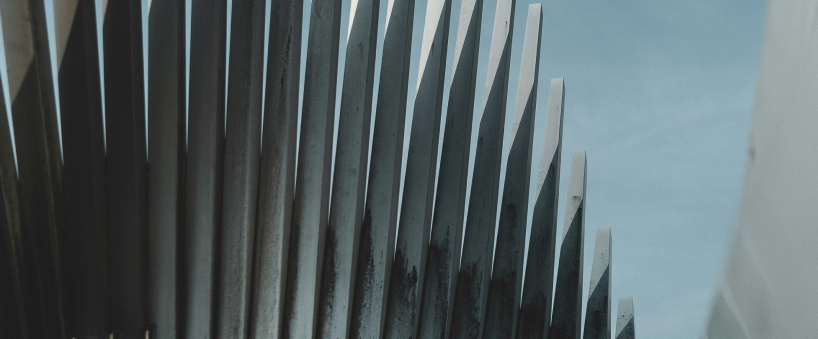

Desktop Metal, a prominent figure in Additive Manufacturing 2.0 technologies for mass production, announced its plan to showcase aluminium lighting components created through binder jet 3D printing. These components, designed by BEGA, a distinguished German-based company renowned for its premium architectural lighting solutions for outdoor and indoor applications, were manufactured using the X25Pro mid-sized production binder jet printing system with Al6061 powder.
{alcircleadd}About the aluminium lighting component
After delivering industry-first results for binder jetting aluminium on the InnoventX in 2021, Desktop Metal has significantly advanced production-scale binder jetting for aluminium. In collaboration with companies such as BEGA, Desktop Metal has established a repeatable process for achieving 99 per cent dense aluminium. This process ensures corrosion resistance, thermal conductivity, fatigue strength, dimensional accuracy, and T6 tensile properties that meet or exceed the characteristics of commonly used cast aluminium alloys.
The X25Pro, employed to produce the BEGA components, is a modified commercial system equipped with an inert or controlled atmosphere to handle reactive powders. This printer, located at Desktop Metal's headquarters in Burlington, Mass., is utilised for various projects with commercial partners.
“The Desktop Metal team continues to make incredible progress raising the bar in binder jet 3D printing with larger and more complex parts produced in Al6061 powder. Our process for binder jetting parts that are capable of replacing complex, investment cast aluminium components continues to advance rapidly, with a number of production projects underway,” said Ric Fulop, Founder and CEO of Desktop Metal.
Advantages of Binder Jet 3D Printing
Binder Jetting is widely regarded as the fastest method for high-volume metal 3D printing. This technology utilises a digital file to swiftly inkjet a binder onto a bed of powder particles—such as metal, sand, or ceramic—forming a solid part layer by layer. For metal parts, the bound structure must undergo sintering in a furnace to fuse the particles into a solid object. Ceramics like silicon carbide can be sintered or infiltrated using various methods.
Compared to traditional manufacturing and 3D printing techniques, Binder Jetting enables manufacturers to produce complex parts more affordably. It offers unique benefits such as size and weight reductions, part consolidation, and performance enhancements.
Due to binder jet 3D printing's broad material flexibility, Desktop Metal employs a tiered qualification system for powdered materials. This system categorises materials as R&D Qualified, Customer Qualified for specific applications, and DM Qualified for standard use. Overall, more than 30 metals and ceramics are qualified for use on DM printers.
Responses








